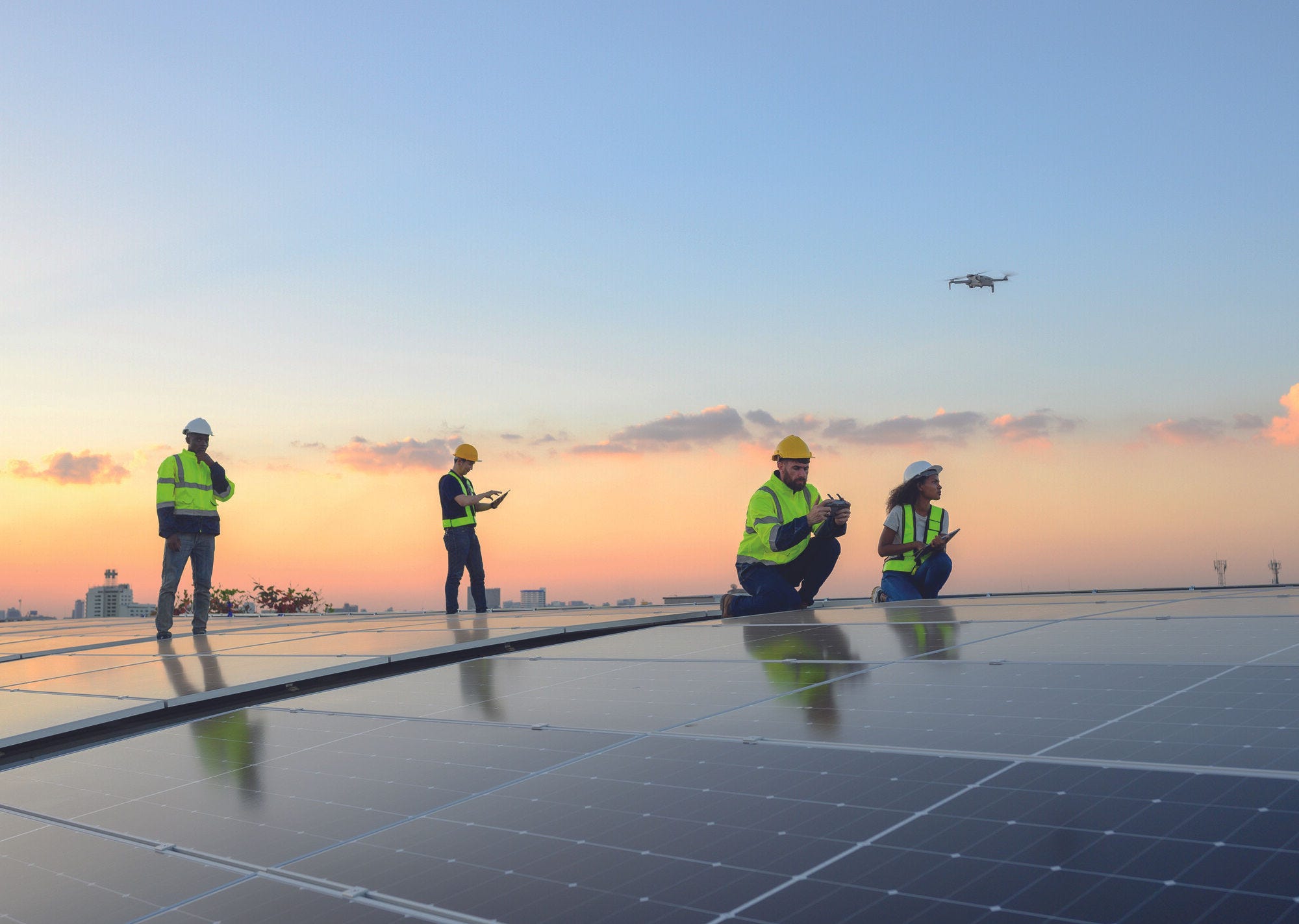At its core, the green transition to an environmentally sustainable society is a political choice. The 2015 Paris Climate Agreement was the moment the world came together to make that choice, responding to the most urgent public policy challenge of our time. Nearly a decade later, we know that reversing climate change will require many more such choices – at the local, national and international levels. It has also become clear that safeguarding the planet must include a simultaneous commitment to taking care of people affected by the green transition.
Indeed, the world stands at a pivotal juncture of climatic and societal forces. According to the Intergovernmental Panel on Climate Change (IPCC), maintaining the current emission levels until 2030 will irremediably compromise the chances of keeping global warming below 1.5 degrees. Yet such urgent warnings to governments to accelerate the transition come amid growing fears that the environmental policies to curb emissions and set global temperature limits will inflict a direct cost on people’s livelihoods. The economic impact of the transition towards zero emissions also comes as other so-called “mega-trends” and societal transformations are piling up, including the lingering impacts of the cost-of-living crisis and scarring effects of the COVID‑19 pandemic, along with the ongoing, deep and rapid digital transformation and acceleration of demographic change.
These multiplying challenges mean that governments must design and implement public policy solutions that respond to the economic and social impact of environmental policies. Such an approach that puts addressing the social impact at the core of the net-zero strategies – and not at the periphery as an after-thought – is not only the right thing to do, but also essential to ensuring the long-term public support that is vital for the net-zero transition to continue to move forward.
Still, despite the uncertainty and delays in reaching climate targets, there are reasons to be hopeful. Above all, the transition toward net-zero is in motion, and the economy in many sectors and locations is shifting to account for climate objectives. Moreover, data and informed analysis now exist that not only helps to measure the transition’s impact on the environment, but also on society.
The OECD Employment Outlook 2024 offers a unique evidence base and tool to gauge how environmental policies have begun to change the labour market, and foresee the best policy responses to address the challenges for those affected both by climate change and climate change mitigation policies.
Until now, forecasts about the employment impact of the transition have been divided between the enthusiastic promise of bountiful new “green jobs,” and grim layoff forecasts as emission-intensive activities are phased out. However, the evidence presented in the Outlook is both more balanced and more far-reaching. We focus on “green-driven jobs”, which include new jobs that emerge due to the green transition, those whose demanded skills and tasks will be changing because of the transition and those producing goods and services that are key inputs for lower-emission activities. With this holistic view of green-driven jobs, we estimate that more than 25% of existing jobs will be strongly affected by net-zero policies, in both positive and negative ways. The transition will impact jobs well beyond the energy sector, touching many professions, from bus drivers to construction workers to farmers.
Policy makers should see this broader employment assessment as an opportunity to raise awareness and impart agency across the wide portion of the workforce that has a direct stake and role to play in achieving climate‑mitigation objectives. At the same time, the transition will inevitably have its labour market “winners” and “losers,” which policy makers must respond to directly. That means being transparent with citizens and ensuring that climate change mitigation action is accompanied by social and economic policies that ease the negative consequences on individual jobs and households, while ensuring sustainable growth that is fair and equitable.
The net-zero transition will include a major reallocation of jobs across certain industries, occupations and regions. Some activities will thrive, notably those that directly contribute to reducing emissions and those that provide essential goods and services for low-emission activities. Other industries that have been historically high-emission producers will have to restructure, with some forced to downsize or even exit the market.
OECD projections suggest that, by 2030, employment in EU industries such as fossil fuel energy supply, transport services, mining and manufacturing of energy-intensive products – which account for 80% of emissions (although only 7% of employment) – is expected to decline by 14%. That is 9 percentage points more than in the business-as-usual scenario in which the planned policy trajectory is not implemented. On average, across OECD countries, workers displaced from high-emissions industries face a 24% larger decline in annual earnings in the six years following dismissal than people losing jobs in low-emission industries. They need support to facilitate their transition to emerging jobs via well-targeted training and mobility measures.
The potential economic weight of the net-zero transition extends beyond jobs, most notably in the knock-on effects of carbon price measures that can cut into household finances across the economy. The risk of sector-specific job and salary losses combined with a broader rise in the cost of living may prompt policy makers to slow down the pace of the transition – or simply renounce it altogether.

